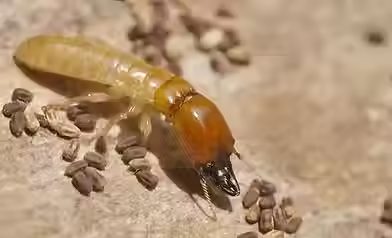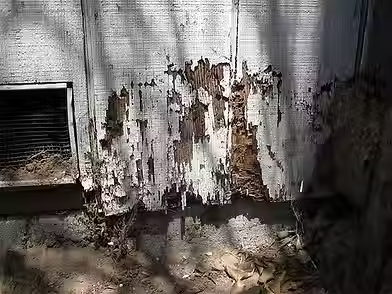
About Termite
Australia is home to approximately 360 termite species, but only a few pose a significant threat to crops, timber, and other plant-based materials. Most termites play a vital role in maintaining ecosystems by breaking down dead and decaying wood and plant matter, contributing to natural recycling processes. They also serve as an important food source for various animals.
Most Australians are surprised to learn that home insurance usually doesn’t cover termite damage. This means many homeowners are left with costly repairs and no financial help.
Termites eat wood and other plant-based materials nonstop—they never sleep! They are active 24/7, all year round. Subterranean termites are the most destructive, building tunnels that can stretch up to 100 meters.
Termite Control
To protect homes, it’s crucial to get yearly pest inspections and regular treatments. Houses within 50 meters of a gum tree are at higher risk and should have more frequent inspections.Our expert termite specialists will conduct a thorough inspection of your property, examining all accessible areas, including the roof, walls, and floor cavities. They will check for termites, borers, fungal decay, and other pests that can damage timber, ensuring a comprehensive assessment of potential risks.
We will provide you with a comprehensive digital report that meets Australian Standard AS3660.2. This report will include detailed descriptions and photographs of all identified issues, along with a thorough risk assessment of your home and any other structures on your property. Additionally, we will offer tailored recommendations to help minimize the likelihood of future termite infestations.



Termite Damage
Termites damage houses by silently consuming wood and other materials that contain cellulose, weakening the structural integrity over time. They create tunnels inside wooden beams, flooring, and walls, making the wood appear intact on the surface while hollowing it out from within. This hidden destruction can lead to sagging floors, warped doors and windows, and, in severe cases, structural collapse.
Subterranean termites, the most destructive type, build extensive underground tunnels to reach wood and often go undetected until significant damage has occurred. Drywood termites infest directly into wooden structures and furniture, creating small holes and piles of wood dust or droppings. Dampwood termites thrive in moist wood, often affecting areas with water leaks or poor ventilation.
Signs of termite damage include blistered or peeling paint, hollow-sounding wood, buckling walls or ceilings, and mud tubes along foundations or walls. If left untreated, termites can cause costly repairs and compromise the safety of a home. Regular inspections and early detection are essential to prevent severe damage.






